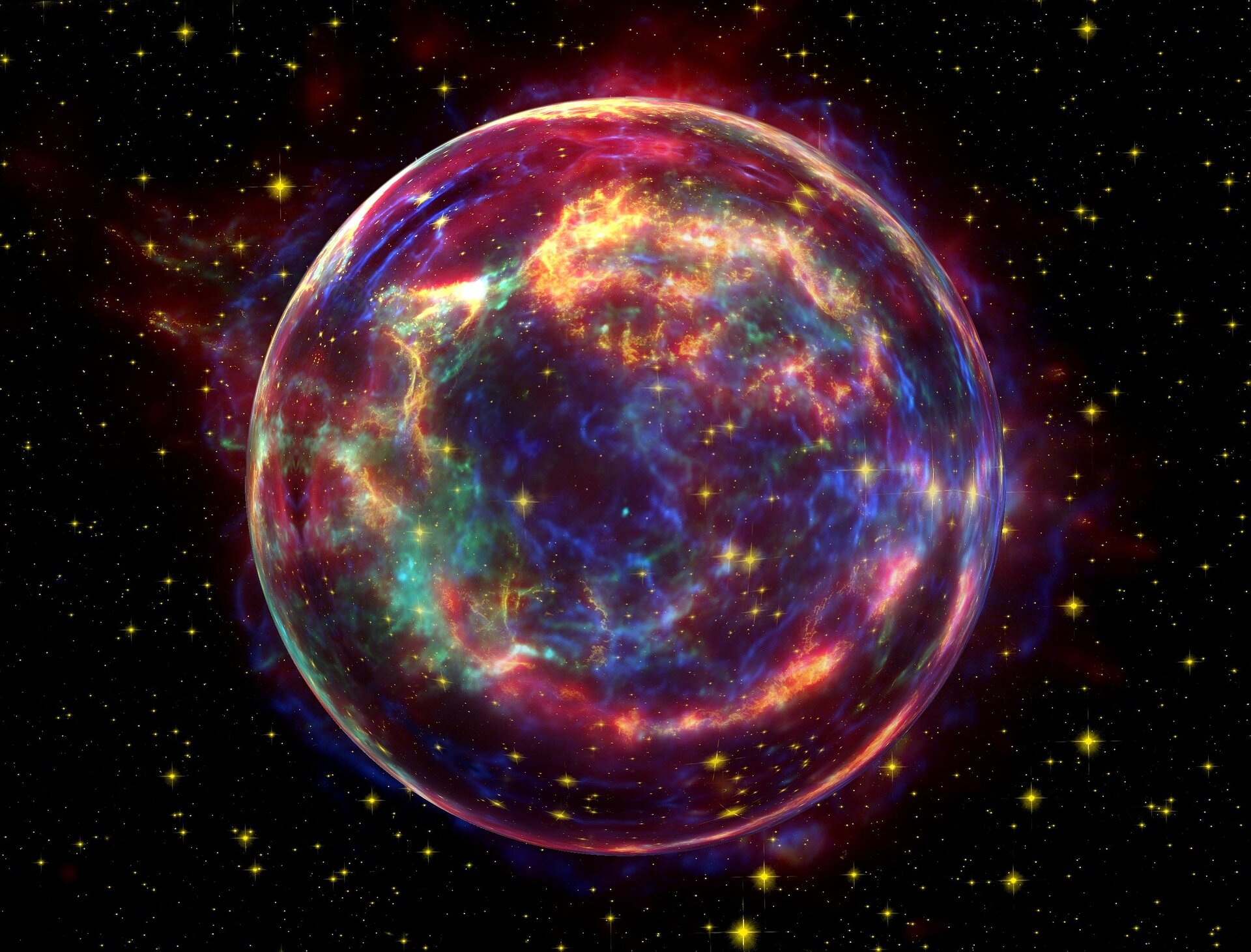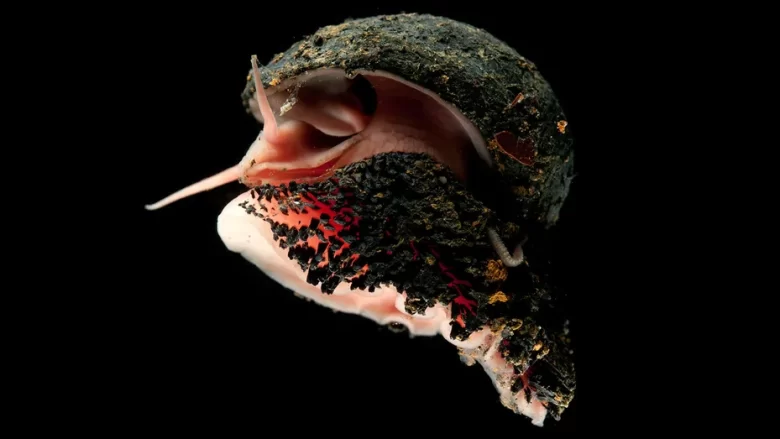
A research team at the Max Planck Institute for Chemistry, working with a colleague from Université Paris-Saclay, has found evidence that shows Supernova and their ancestors may have contributed more dust to the sun’s nebula than previously expected. In their paper published in the journal Nature Astronomy, this group explains the survey and analysis of their work conducted by others in the field about the nature of presolar seeds and how it causes them to re -accuse the contribution of Supernova grains for Stardust.
Presolar grains are materials derived from stars -when materials like that are thrown into the room after the stars died, they are exposed to temperatures and pressures that result in the formation of seeds -this material becomes stardust, most in the form of silicate, namely building blocks stone. Those who are older than our solar system are known as presolar points – they avoid the fate of other materials that are integrated into our sun and planets. They can be found today in small amounts in dust between planets, in comets and in meteorites. The presoloration grains were found about 30 years ago and since then, such seeds produced from Supernova are believed to be a small percentage of those who can be observed today -many in the field have suggested that the possibility of only 10%. In this new effort, the researchers have found evidence showing the percentage must be much higher, perhaps as high as 30%.
Because the material is made in stars, this takes certain characteristics of the unique individual stars – it has what the researchers are described as isotope composition similar to the diary. Thus, presolar granules have features that allow researchers to determine whether they are pushed into space due to supernova.
The work involved searching and analyzing research into the presolad seeds over the past few decades. They found evidence that showed that such grains from Supernova were far more common than previously thought. They also noted that future work using more sophisticated technology can provide more accurate estimates of the percentage of Supernova presolars in the sun nebula.








